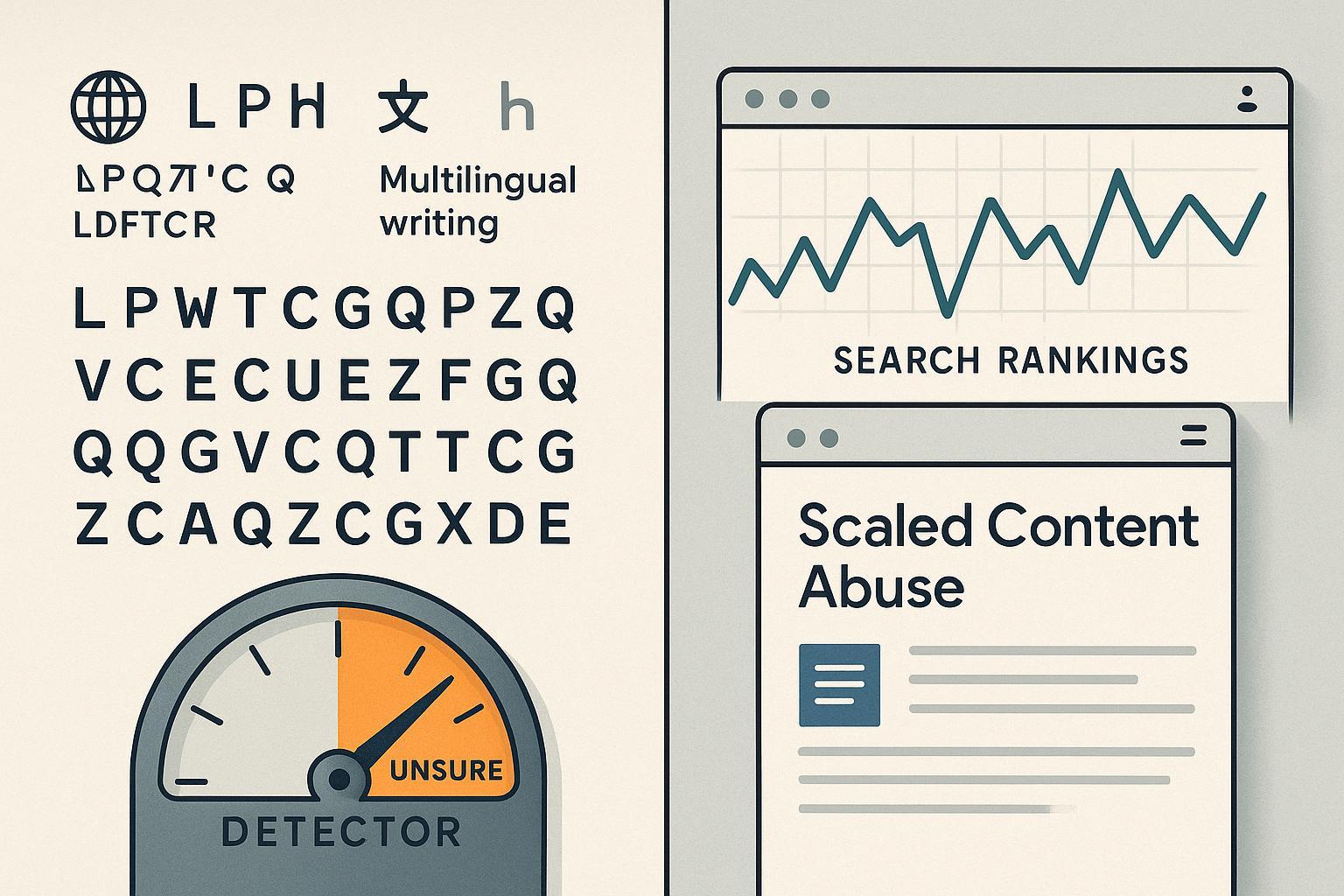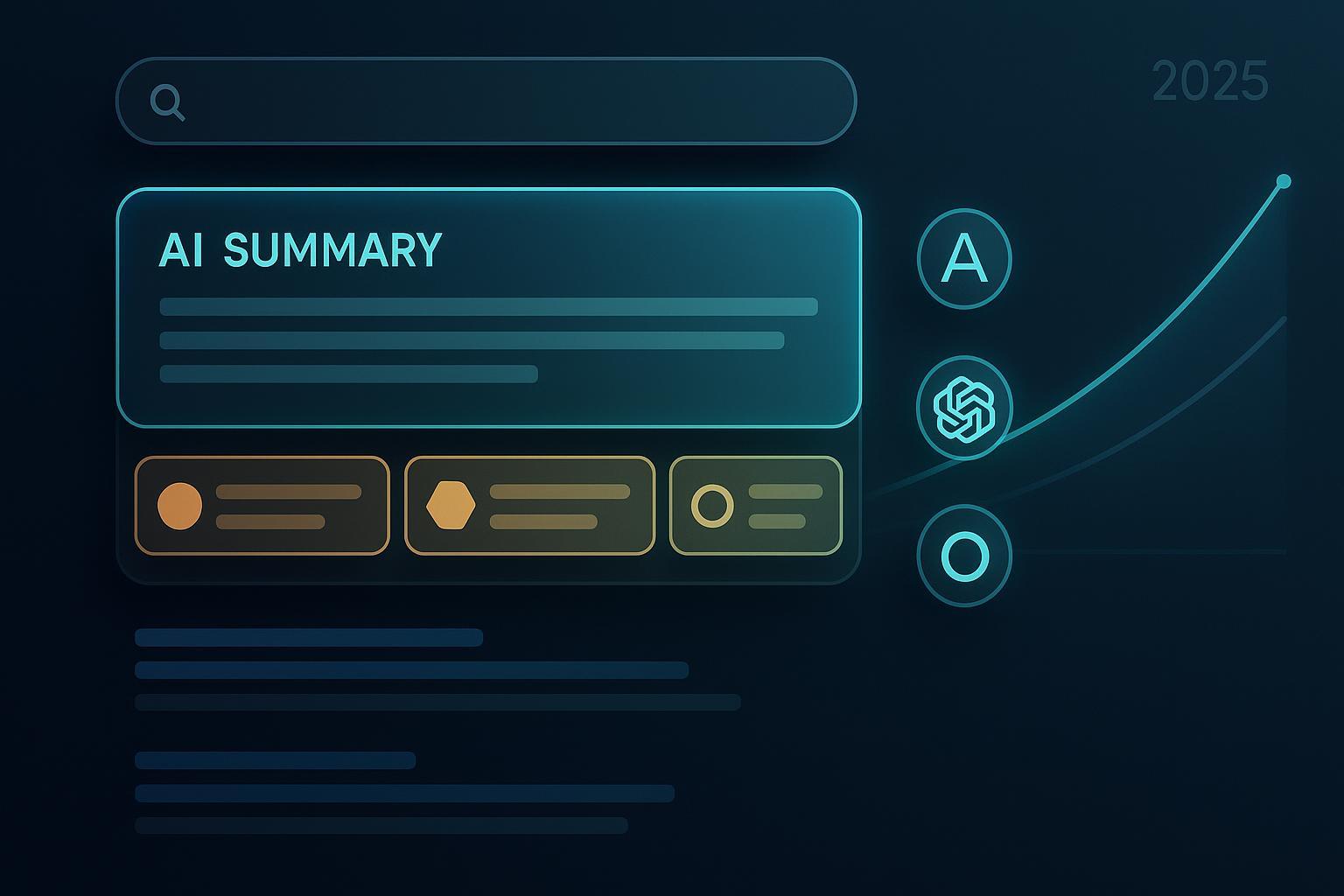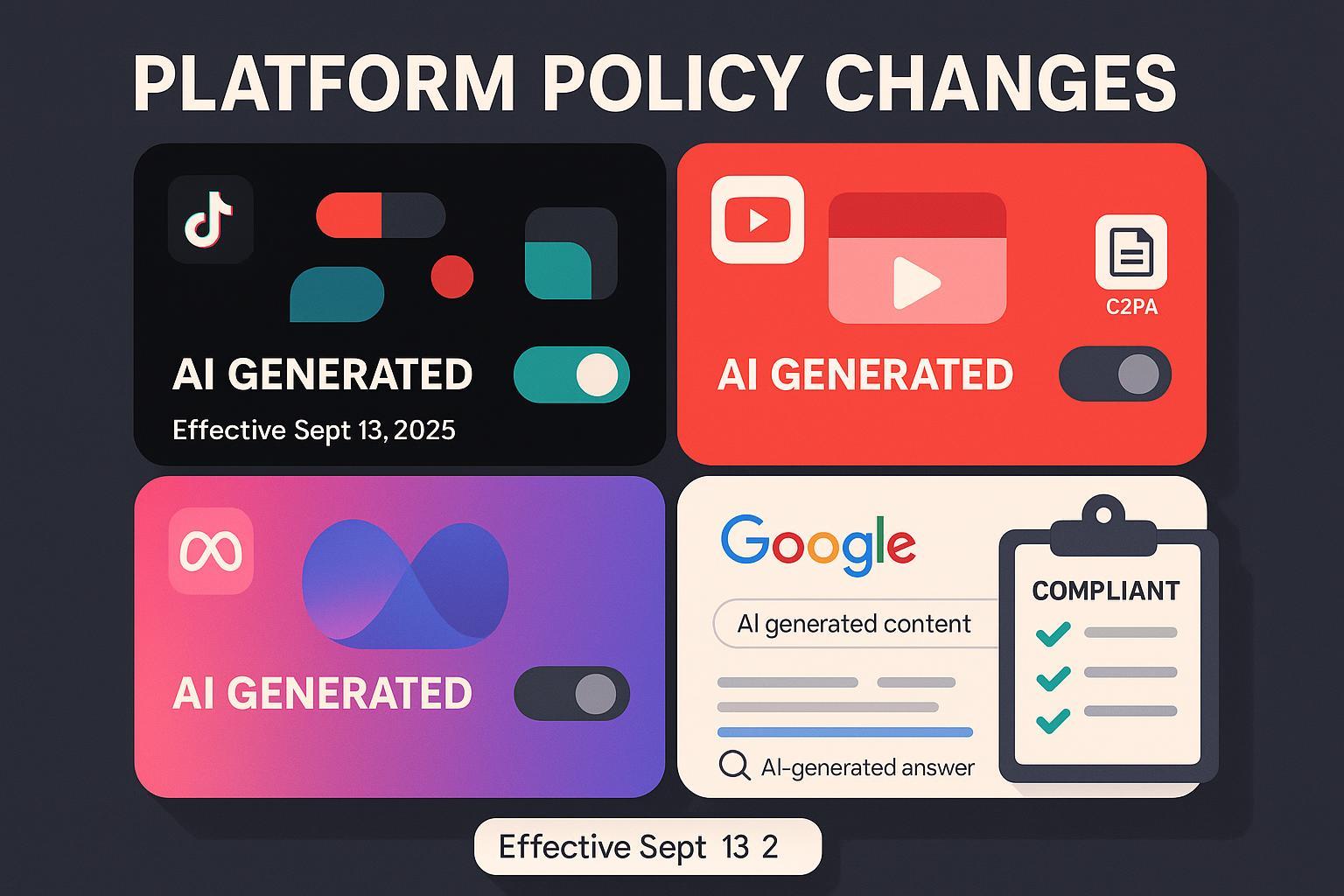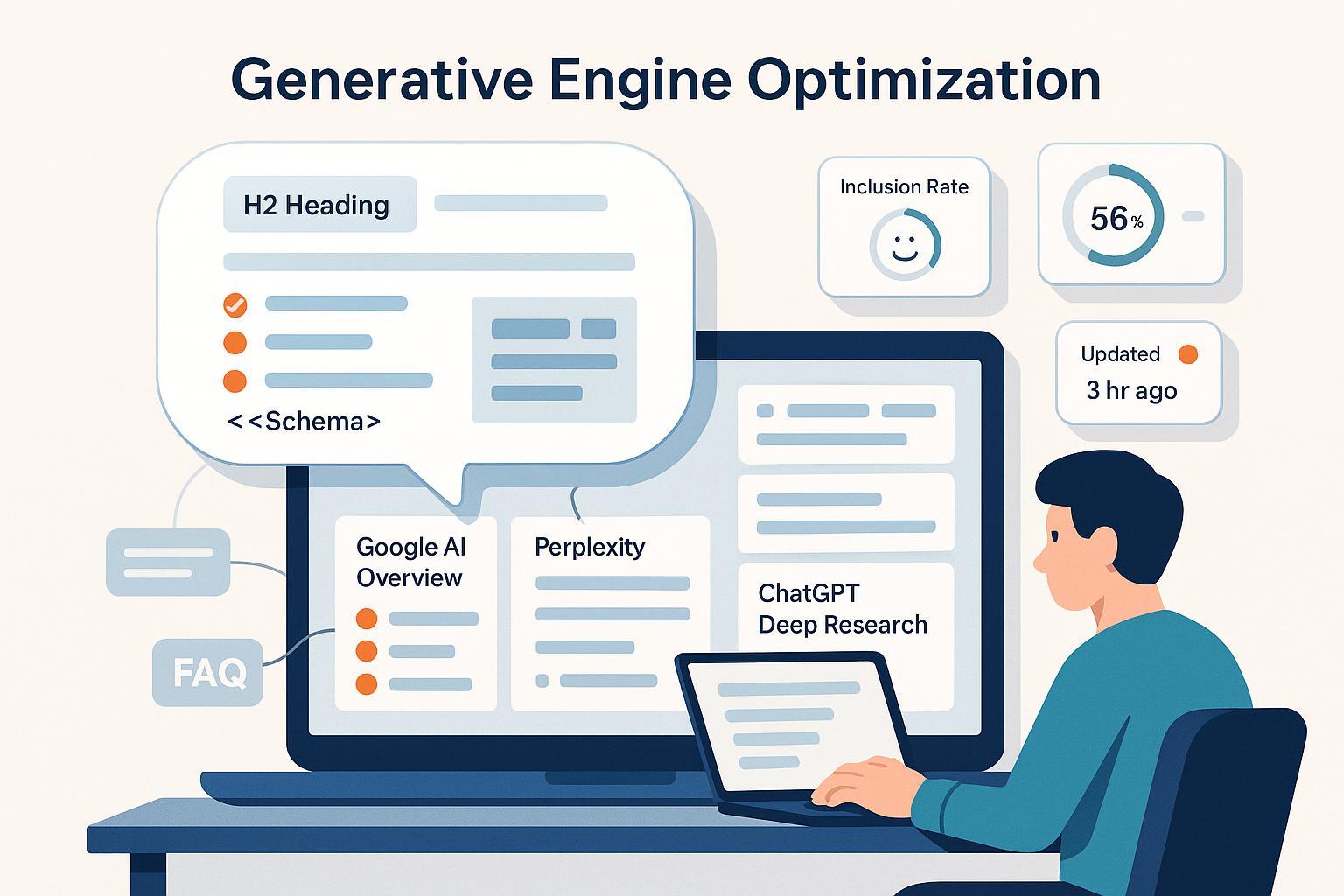What is RankBrain? Google’s AI Algorithm Explained for SEO & Brands
Discover what RankBrain is, how Google’s AI algorithm works, and its impact on SEO. Learn the definition, key features, differences from BERT/PageRank, and how brands can optimize content and monitor visibility using tools like Geneo.

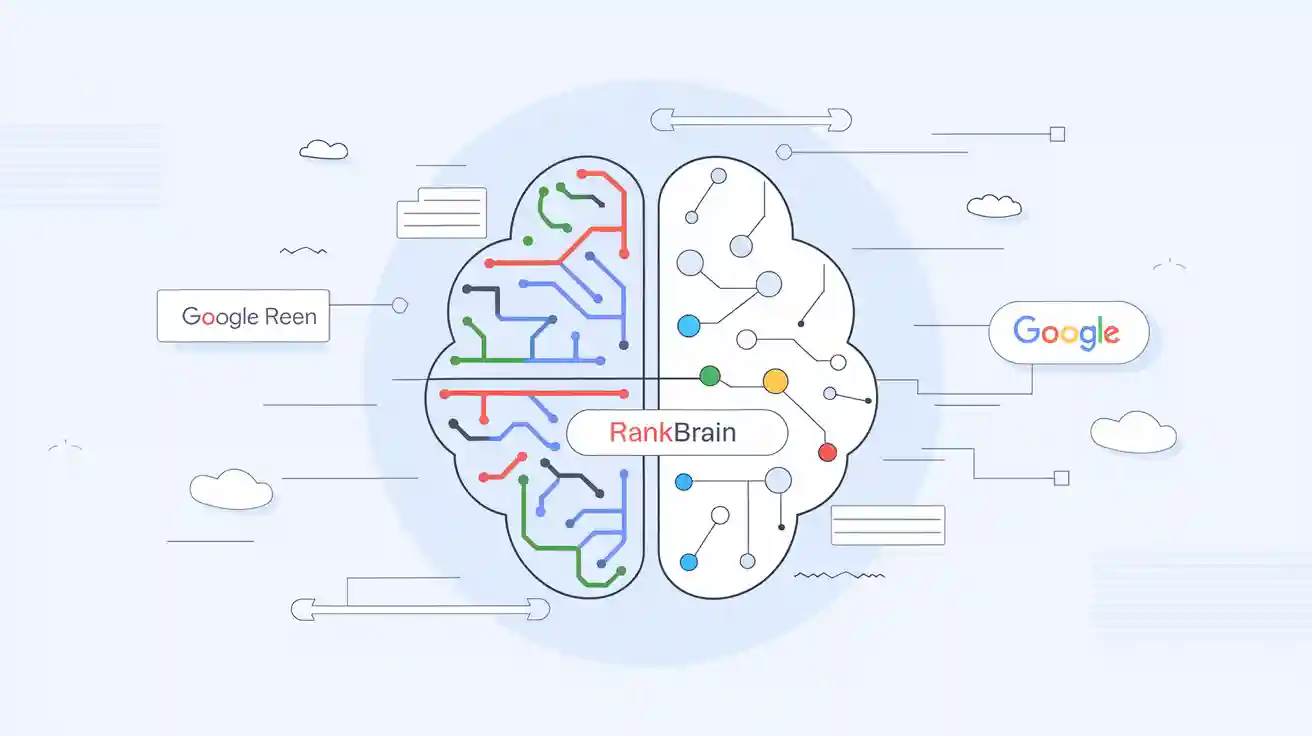
One-Sentence Definition
RankBrain is Google’s machine learning-based search algorithm component that helps interpret user queries and rank search results by understanding the meaning and intent behind words and concepts.[Google Blog]
Detailed Explanation
Launched in 2015, RankBrain was the first deep learning system deployed in Google Search. Its primary function is to translate search queries—especially those never seen before—into mathematical vectors that represent concepts and relationships. By doing so, RankBrain can match ambiguous or complex queries to relevant content, even if the exact keywords aren’t present. It also continuously learns from user interactions, such as click-through rates and dwell time, to refine and improve search rankings over time.[Search Engine Journal]
Key Components of RankBrain
- Machine Learning: RankBrain uses AI to learn from vast amounts of search data, adapting its understanding of language and user intent.
- Vector Space Modeling: It converts words and queries into vectors, allowing Google to recognize semantic similarities and context.
- User Behavior Signals: RankBrain monitors how users interact with search results (e.g., clicks, bounce rate, dwell time) to adjust rankings dynamically.
- Integration with Other Algorithms: Works alongside systems like BERT (for deeper language understanding) and PageRank (for link authority).
Real-World Applications
- Handling New Queries: About 15% of daily Google searches are brand new. RankBrain excels at interpreting these unfamiliar queries and delivering relevant results.
- Improving Search Intent Matching: For example, if someone searches for “the grey console developed by Sony,” RankBrain understands the intent and returns results about PlayStation, even if the exact phrase isn’t used on web pages.
- SEO Strategy: Marketers and brands must focus on creating comprehensive, user-focused content that addresses search intent, not just keyword matching. User engagement metrics (like time on page) have become more influential in rankings.[Moz]
- Brand Monitoring: Tools like Geneo enable brands to track their visibility in AI-powered search results, analyze ranking shifts, and optimize content to align with RankBrain’s intent-driven logic.
RankBrain vs. BERT vs. PageRank
| Feature | RankBrain | BERT | PageRank |
|---|---|---|---|
| Core Function | Semantic understanding, intent | Deep language/context understanding | Link authority analysis |
| Technology | Machine learning, vectors | Deep neural networks (transformers) | Link graph analysis |
| Launched | 2015 | 2019 | 1998 |
| Main Impact | Query interpretation, ranking | Contextual meaning, nuance | Website authority |
Related Concepts
- BERT: Google’s advanced language model for understanding context and nuance in queries.
- PageRank: The original algorithm for ranking pages based on link authority.
- Search Intent: The underlying goal or need behind a user’s search query.
- User Experience Signals: Metrics like click-through rate, bounce rate, and dwell time that influence rankings.
- Neural Matching: Another AI system for matching queries to pages based on broader concepts.
Visual Guide: How RankBrain Processes a Query
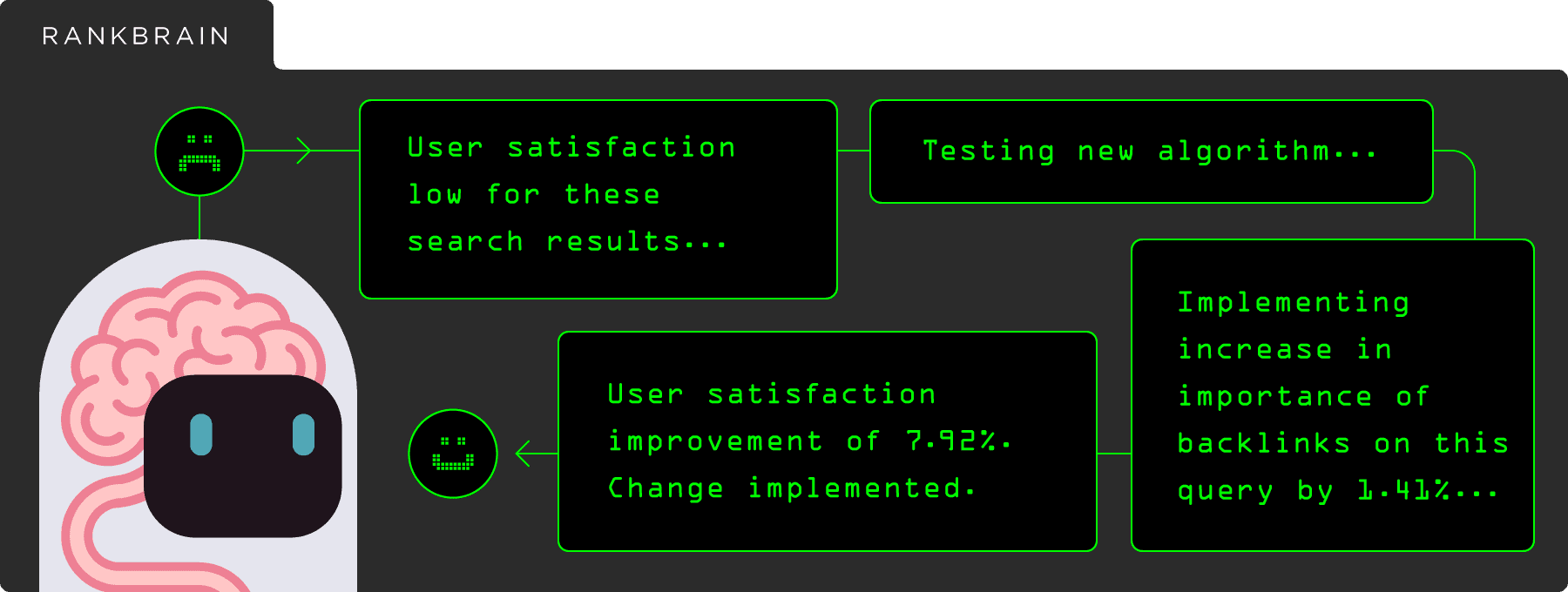
How to Optimize for RankBrain
- Write naturally and focus on answering user questions.
- Use comprehensive, in-depth content that covers topics holistically.
- Monitor user engagement metrics and improve site experience.
- Leverage structured data to help search engines understand your content.
- Use tools like Geneo to track your brand’s performance in AI-driven search environments and adapt your content strategy accordingly.
Stay ahead in the AI-powered search era. Try Geneo to monitor and optimize your brand’s visibility in Google and other AI search engines.


